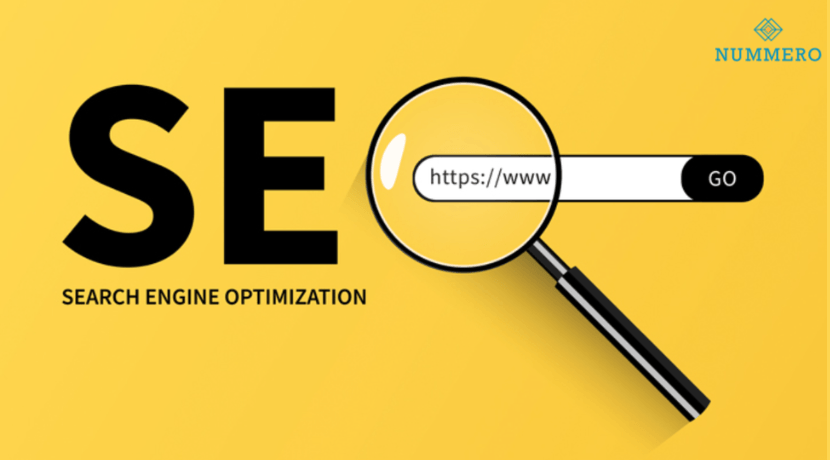
Site speed is also an important SEO factor since Google favors sites that load quickly when they rank on search. Bad user experience equates to slow site and consequently higher bounce rate and shorter visit on your website. Given that Google’s base for page rank positions is based on user behavior signals, poor speed can annihilate your search rank position.
Simplifying your website gets your rankings closer to the top, and more conversions. Quick websites mean more user interactions, more clicks, and more opportunities for users to do what you need them to do such as purchasing or completing a form. With methods such as image compression, caching, and enabling a content delivery network (CDN), you can simply make your website load in less time, and this enhances your SEO performance.
Web SEO optimization is a set of techniques that assist the enhancement of a website’s visibility on a search engine. Technical optimization of your website to maximize the use of search engine crawling and indexing is one of the most significant parts of SEO. Page speed optimization, mobile-friendliness optimization, and correct use of meta tags are all included in this.
An optimized website not only performs better but also gets more organic traffic along with it. Improved search rankings are achieved through quality content, keyword usage, and effectiveness of website structure. Website SEO optimization as a goal will not only improve user experience and decrease the bounce rate but also drive more targeted traffic to your website, resulting in increased conversions and growth.
Google considers mobile sites while indexing websites since it is mobile-first indexing. Slow loading of your mobile website may cause you to lose traffic and possible incomes. A mobile website speed test detects performance problems and tells you how to load faster.
Mobile speed optimization includes image compression, lightweight code optimization, and AMP placement. Faster mobile visits equate to less bounce rate, increased engagement, and better search ranking. Testing and checking on your site every now and then for mobile-friendly visitors will have the site competitive on the search engines’ results page.
Page speed directly affects SEO because it affects user experience and search rankings. Google prefers fast pages with higher rankings because they improve the surfing experience. Slow pages frustrate users, leading to higher exit rates and lower conversions.
To achieve maximum page speed, prioritize server response time optimization, then image optimization and browser caching. A fast-loading website keeps the audience engaged, reduces bounce rates, and makes your site more likely to rank higher on search engine results pages (SERPs). SEO performance and long-term success demand investment in page speed optimization.
Carrying out a website speed test for SEO purposes is to locate optimization areas where efforts can be made to speed up pages. Search engines love fast web pages, and speed optimization is therefore something that one may consider when working on improving ranking.
Google PageSpeed Insights and GTmetrix are tools that give you the low-down report of how your site is slowing you down. Old familiar villains are huge image files, unnecessary JavaScript, and server response time. Fixing these problems helps you make the user experience improve, fix engagement, and increase your SEO rank so your site can hold its own in the world wide web.